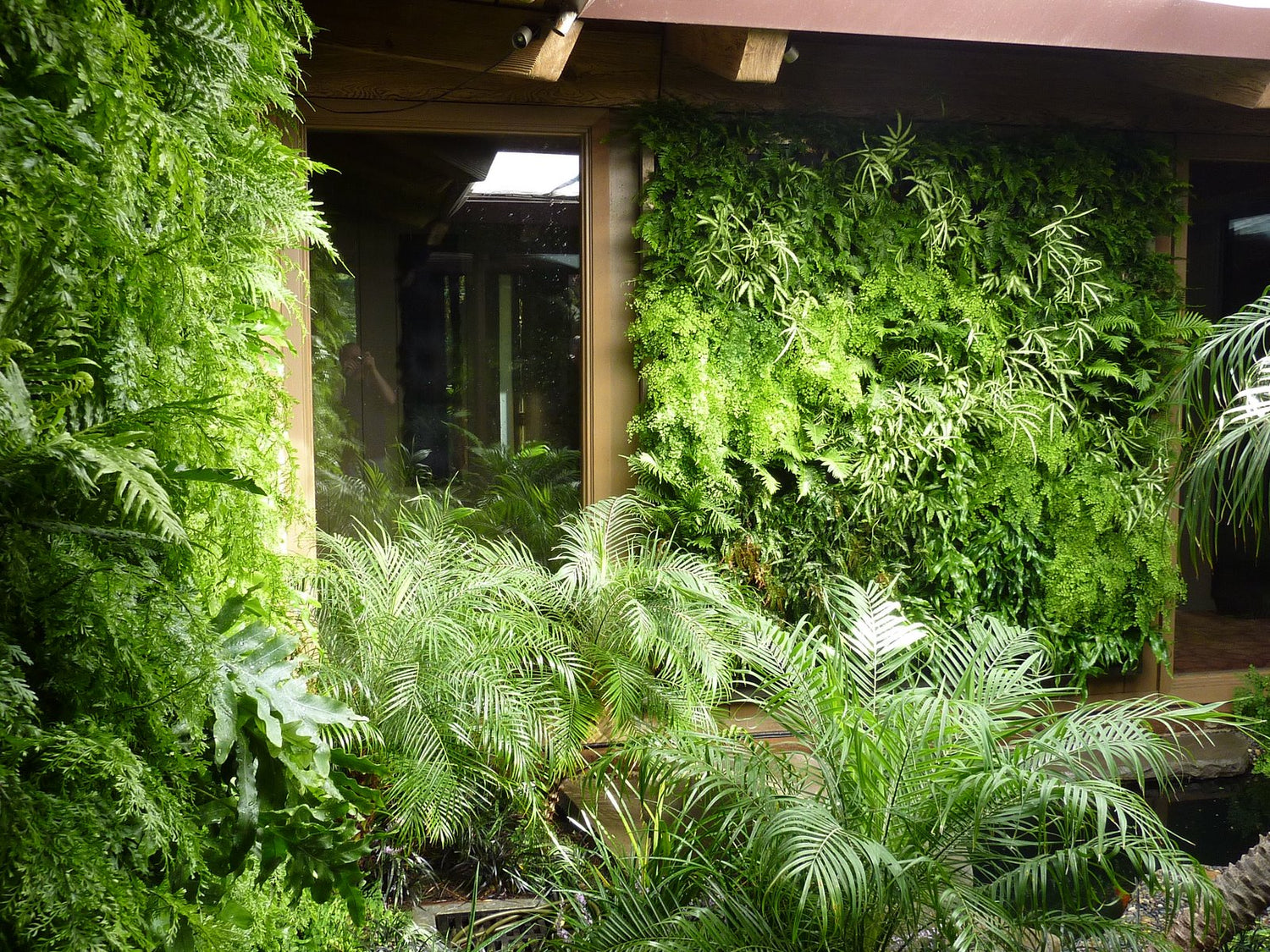If you're looking for a creative and space-saving way to spruce up your outdoor or indoor area, then vertical gardening is the perfect solution for you! This innovative technique allows plant-loving enthusiasts to grow plants upwards instead of outwards, taking advantage of unused wall spaces and creating beautiful green walls that can liven up any room. In this blog post, we'll explore the many benefits of vertical gardening and show you how to get started on growing a stunning garden that will take your breath away. So strap in and prepare to be amazed by the wonders of going up!
Benefits of Vertical Gardening
Vertical gardening is an increasingly popular way to garden, especially in urban areas where space is limited. Vertical gardens are beautiful and can add interest to any home or office. However vertical gardening also has many practical benefits.
Here are some of the top benefits of vertical gardening:
1. More efficient use of space – When you grow vertically, you can fit more plants into a smaller area. This is ideal for small gardens or balconies.
2. Better air circulation – Vertical gardens allow air to circulate the plants more efficiently, which helps to prevent diseases.
3. Higher yields – Growing vertically often results in higher yields than traditional gardening methods because the plants have more access to sunlight and nutrients.
4. Reduced water usage – Vertical gardens require less water than traditional gardens because the water runs off the sides of the containers instead of being lost to evaporation.
1. Space-saving advantages
If your gardening space is limited, you may find that vertical gardening offers some significant advantages. By growing your plants up instead of out, you can make the most of a small area and create a lush, green space in even the tightest quarters.
Here are some of the space-saving advantages of vertical gardening:
1. You can grow more plants in a smaller area.
2. Vertical gardens make efficient use of limited space.
3. They are perfect for small balconies, patios, or any other tight outdoor spaces.
4. Vertical gardens can be used to create privacy screens or windbreaks.
5. You can easily add lighting to a vertical garden, making it possible to grow plants that would otherwise not thrive in your space.
2. Increased yields and more efficient use of resources
There are many benefits to vertical gardening, including increased yields and more efficient use of resources. By growing plants vertically, you can make better use of space and sunlight, which results in higher yields. Additionally, vertical gardens are easier to care for and require less water than traditional gardens.
If you're looking to increase your yield without using more space or resources, vertical gardening is the way to go. Give it a try today and see the difference it can make in your garden!
3. Reduced pest problems and plant diseases
Growing your plants vertically can help reduce problems with pests and diseases. By elevating your plants off the ground, you make it more difficult for pests to reach them. Likewise, growing vertically can also help to prevent diseases by improving air circulation around the plants.
4. Improved air quality and aesthetics
One of the best things about vertical gardening is that it can improve the quality of the air around you. Plants act as natural filters, and by growing them near your home, you can help purify the air inside and out. Not only that, but vertical gardens can also help to muffle noise pollution and brighten up drab spaces.
In addition to improving air quality, vertical gardens can also be a beautiful addition to your home or office. They add color and life to otherwise blank walls, and can even help create a more inviting atmosphere. If you’re looking for a way to spruce up your space and make it more enjoyable to be in, vertical gardening is worth considering.
5. Accessibility and ease of maintenance
Once you have your vertical garden set up, it is important to maintain it so that your plants stay healthy and continue to produce bountiful harvests. Luckily, vertical gardens are relatively easy to maintain and only require a few minutes of care each day.
Watering is one of the most important aspects of plant care, and luckily with a vertical garden, it is easy to give each plant the perfect amount of water. You can either use an automatic irrigation system or water each plant by hand. If watering by hand, be sure to check the soil moisture level before watering to avoid over- or underwatering.
Fertilizing is another important step in keeping your vertical garden healthy. Use a high-quality fertilizer specifically designed for vegetables or fruits, and follow the instructions on the package for proper application. Fertilize your plants every two weeks during the growing season.
Pest control is also crucial for maintaining a healthy garden. Check your plants regularly for signs of pests such as aphids, caterpillars, or whiteflies. If you see any pests, remove them by hand or use an organic pest control product specifically designed for use on edible plants.
Conclusion
Vertical gardening can be a great way to maximize the amount of food you can grow in a small area. With minimal effort, you can create your own vertical garden that will help you have fresh produce all season long. Not only does it provide convenience and practicality, but it also comes with plenty of added bonuses like improving air quality, reducing stress levels and providing beauty to an outdoor space. Whether you're new to gardening or a veteran green thumb, vertical gardening is an option worth considering when growing your own crop this season!
